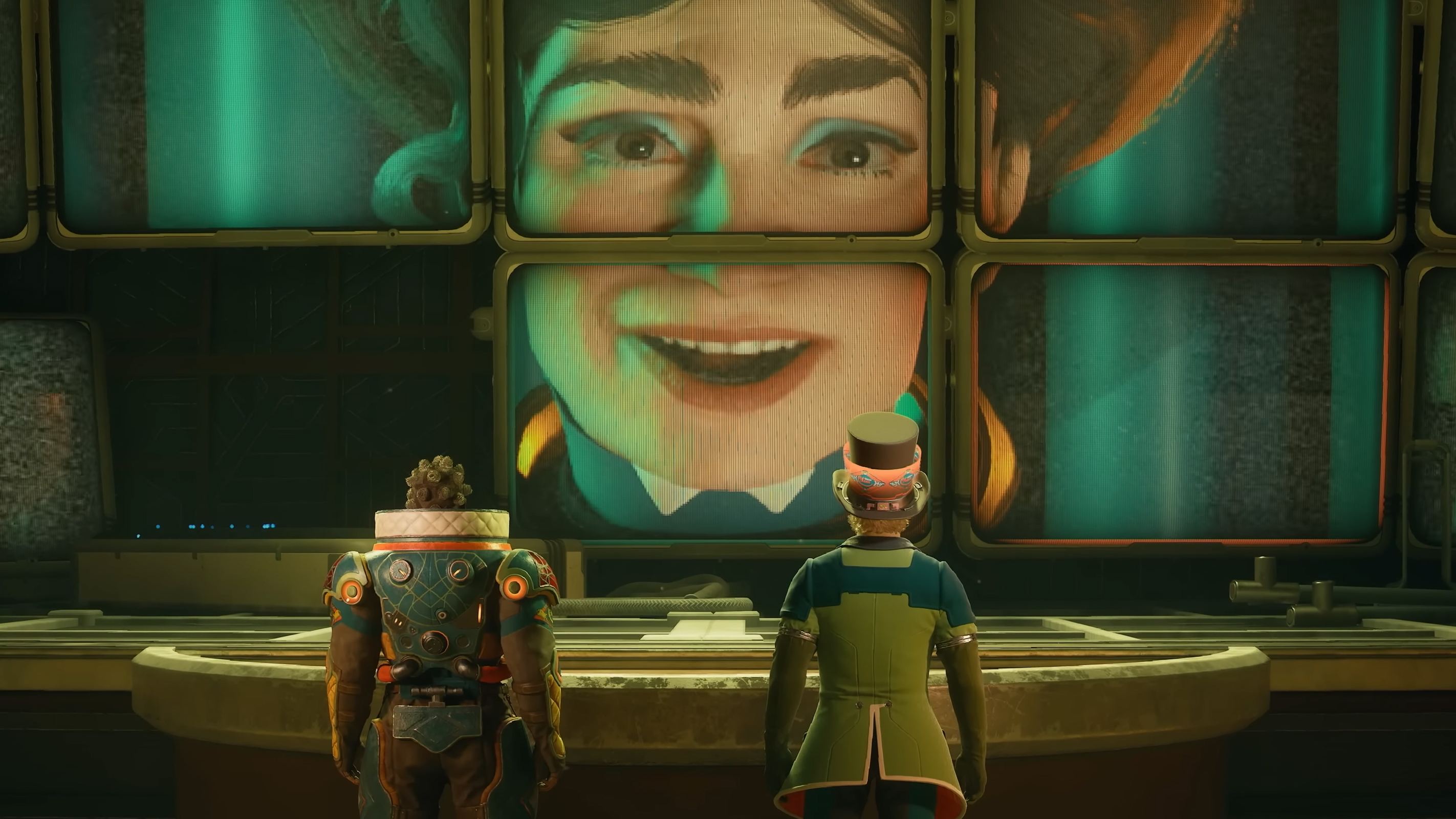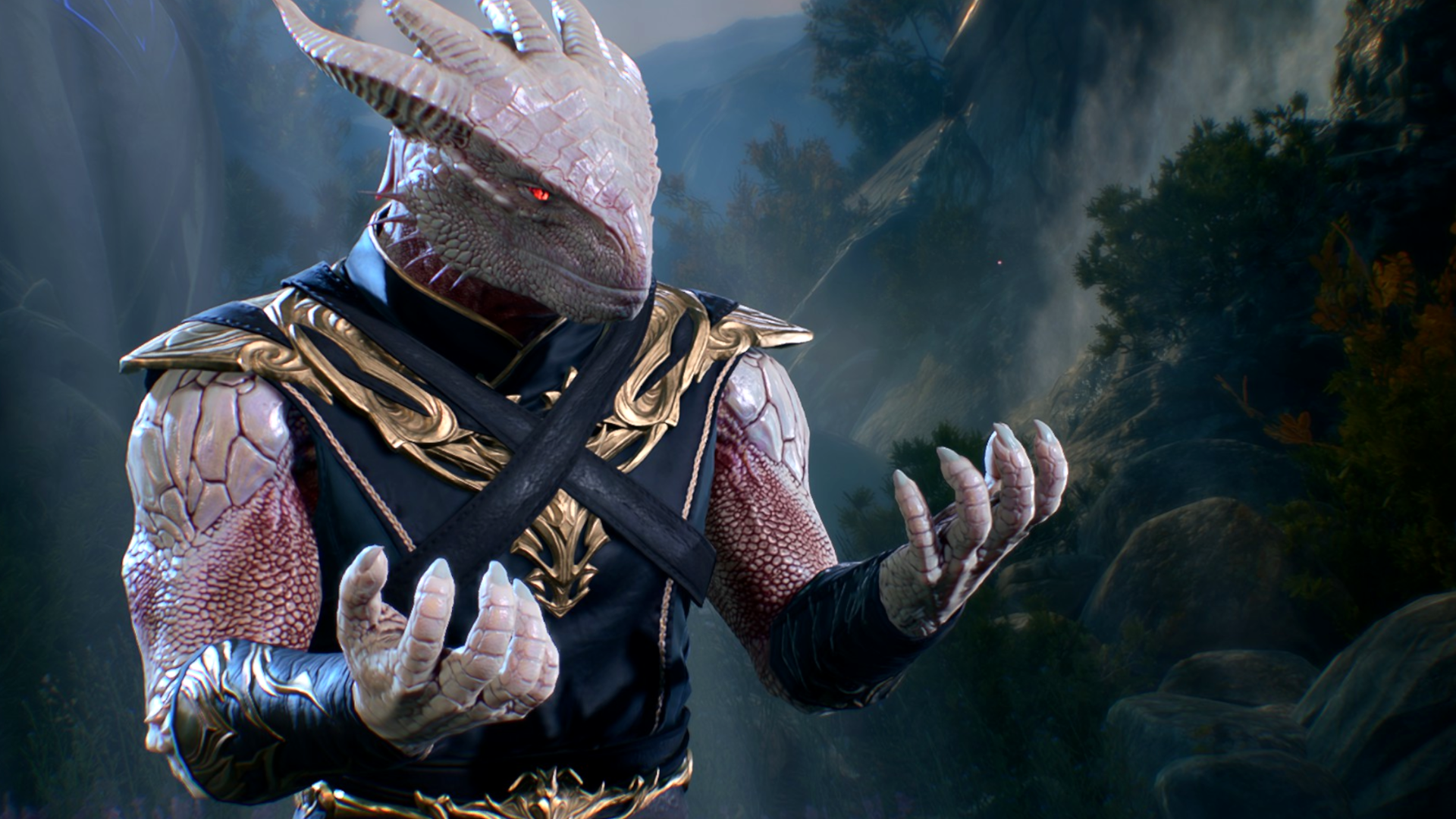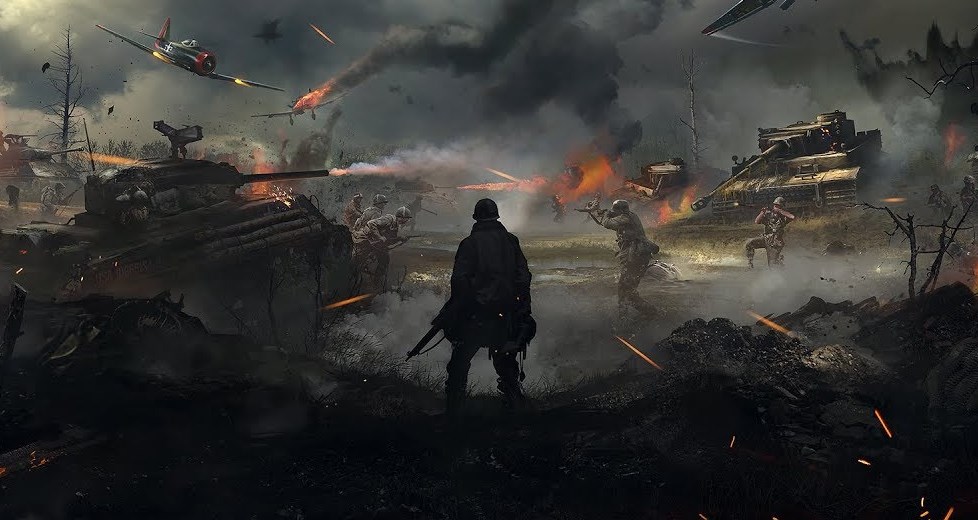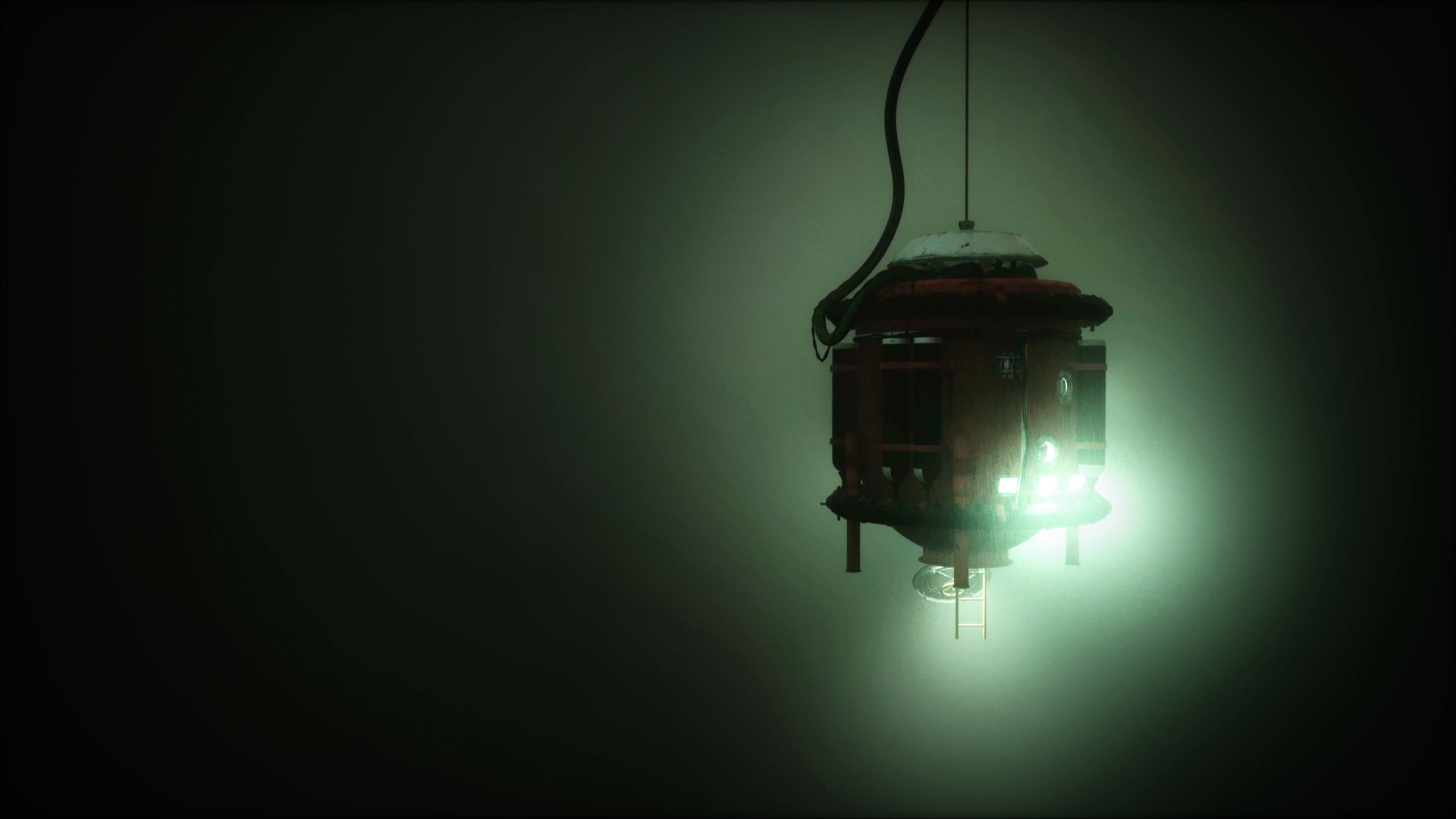
Fair enough.
First reported by GamesRadar, The Outer Worlds 2 director Brandon Adler had the most reasonable and sympathetic developer-side explanation I’ve yet heard for a game’s $80 price tag: Sorry, but it wasn’t my call.
GamesRadar asked Adler about The Outer Worlds 2’s retail price at last week’s Summer Game Fest. “We’re a game developer. We love to make games. We don’t set the prices for our games,” said Adler. “Personally, as a game developer, I wish everybody could play my game, because that’s what I want out of this whole thing. But for the reasons why the $79.99 price point, you’d have to honestly talk to the Xbox folks.”
The price question has been on everyone’s mind with Mario Kart World and the upcoming Borderlands 4 both cranking things up to the $80 mark. Gearbox CEO Randy Pitchford has shifted from aggressively defending Borderlands’ price on social media to apologizing and explaining his reasoning.
Labor issues in gaming and the still-ongoing industry employment crisis have made the costs—human and financial—of game dev a mainstream topic of conversation. Games are difficult and expensive to make, and their prices have largely not kept up with inflation. The argument goes that N64 games at $60 would be well over $100 in today’s market, so a rise to $70 or $80 is actually restrained.
But I think that’s far from the whole story. Wages have stagnated over the past 50 years, outlined here in a 2015 report from the Economic Policy Institute. Home ownership is increasingly unattainable in many countries, while rental costs, medical debt (in the United States, other countries don’t have that), and student loan debt are endemic financial pressures. Consumer electronics, meanwhile, are more affordable than ever—the cost of desktop PCs and monitors, for example, are far more attainable now than in the 1990s.
Gamers also have more and cheaper options for what to play thanks to subscription services, Steam sales, the continuing indie renaissance, and the fact that older and cheaper PC hardware (including the Steam Deck) can reasonably support a hobbyist far longer than it ever used to, somewhat ameliorating the ridiculous GPU pricing situation.
For me, personally, the “normal” price of a game is $20-$30 at this point, and $40 is a stretch. The only ones I’d be willing to shell out $60 or more on would be hotly-anticipated releases from favorite studios.
I see this all as an extension of some of the main issues underlying the industry layoff crisis: The increased cost of making triple-A games, their tendency to either boom or bust within a month of launch, and industry leaders’ consistent failure to account for these developments.
If a consumer base dealing with all the factors listed above has no interest in shelling out for an $80 game, that’s not a moral failing on their part—it’s a failure of strategy and planning by publishers, studio heads, and other high-level decisionmakers.
A company does not owe me a cheap game, but I also do not owe them my business, and the fact that someone high up in management decided to invest millions of dollars and years of work into a game I don’t care to play is, quite frankly, not my problem.
2025 games: Upcoming releases
Best PC games: All-time favorites
Free PC games: Freebie fest
Best FPS games: Finest gunplay
Best RPGs: Grand adventures
Best co-op games: Better together
Back to Obsidian specifically, the studio’s strategy to divide its ~300 employees to work on multiple, smaller projects at once has resulted in a level of productivity largely unheard of in our era of ballooning development times and mass layoffs. That’s resulted in more palatable prices for Pentiment ($20) and Grounded ($40), but this year’s—admittedly excellent—Avowed was a full-fat $70 already.
I worry that The Outer Worlds 2’s price tag may prove an albatross around its neck, though we have no idea what Microsoft’s internal alchemy for determining what a sales success or failure is.
Looking at Steam review numbers, the Microsoft-published Indiana Jones and the Great Circle’s 8,860 strikes me as low for such a high-profile game from beloved studio MachineGames, but it apparently “sold well” when you factor in console sales and the black box of Xbox’s estimated 35 million+ Game Pass subscribers—Microsoft does not release player numbers or other metrics for individual games on its consoles or the service.




